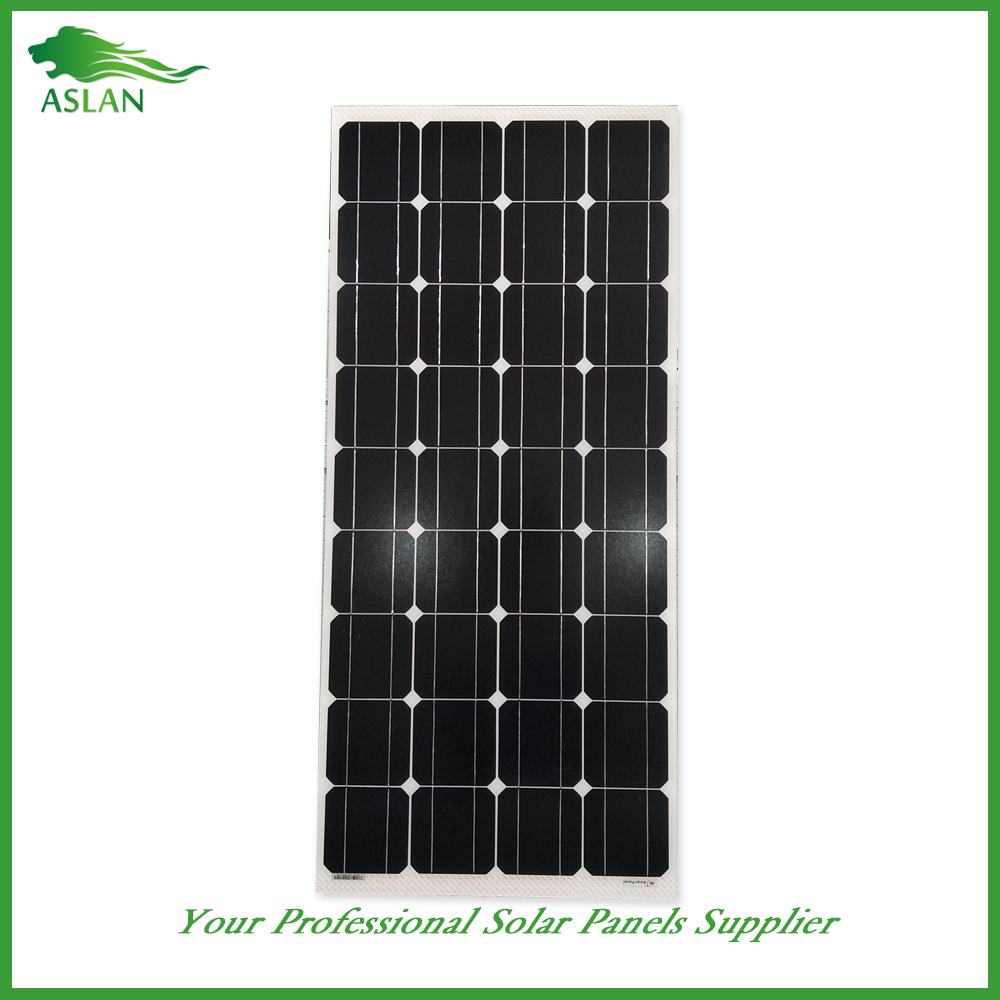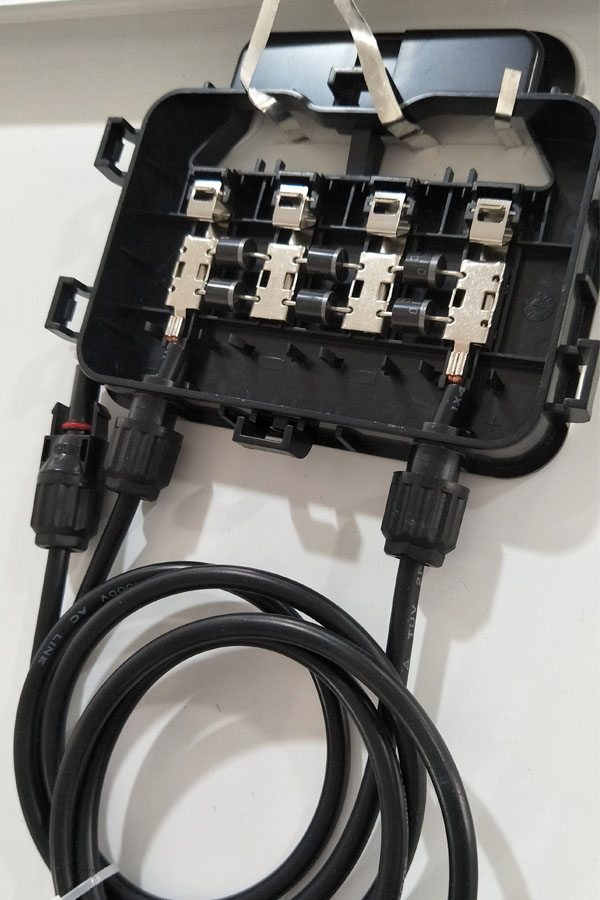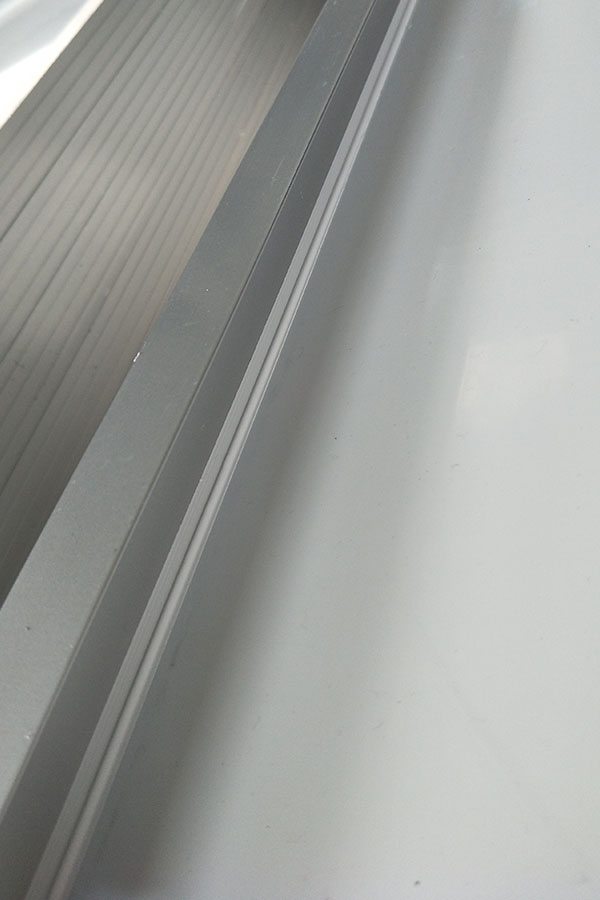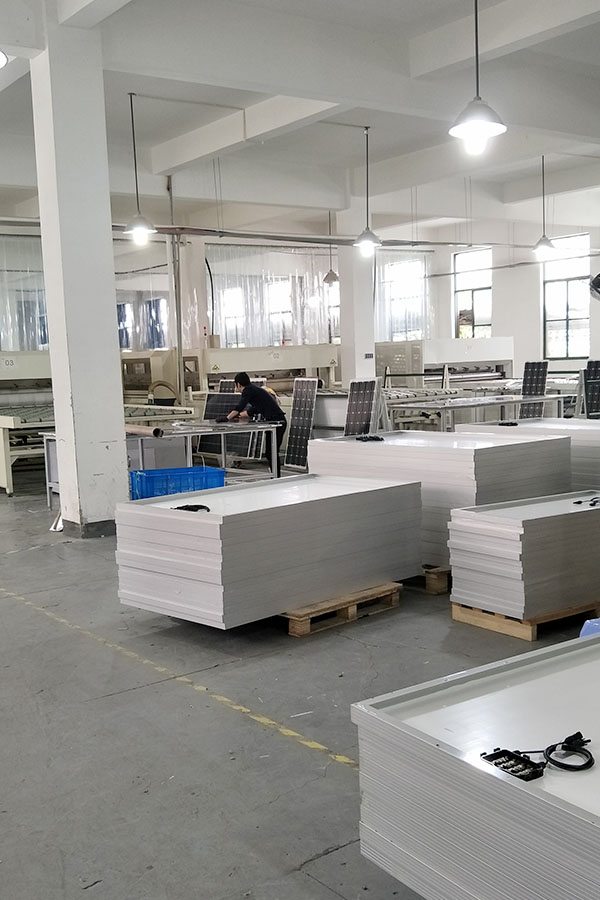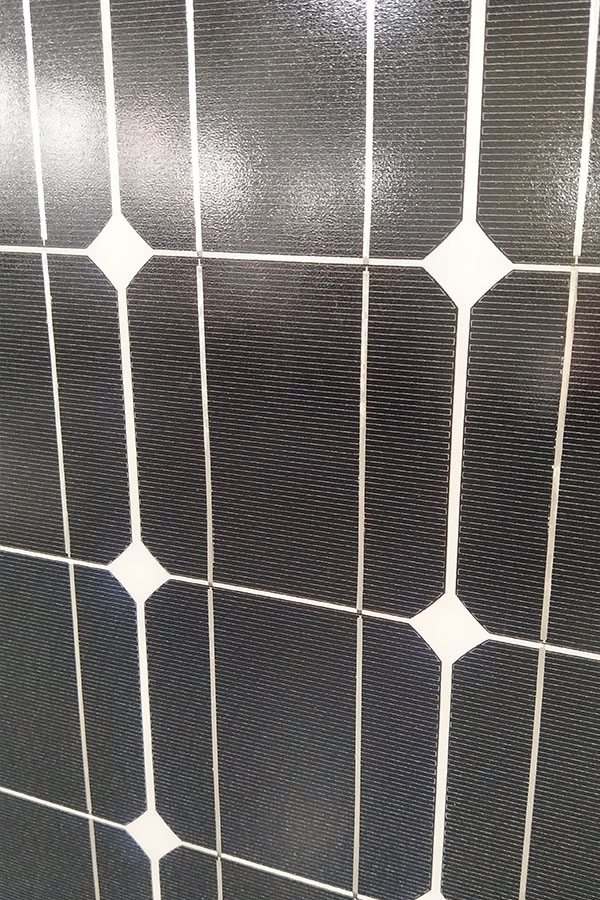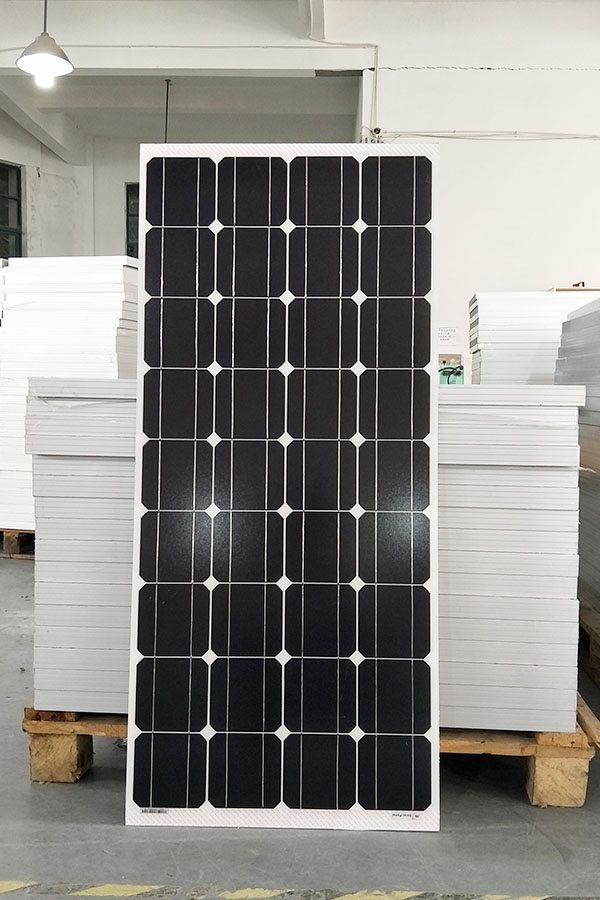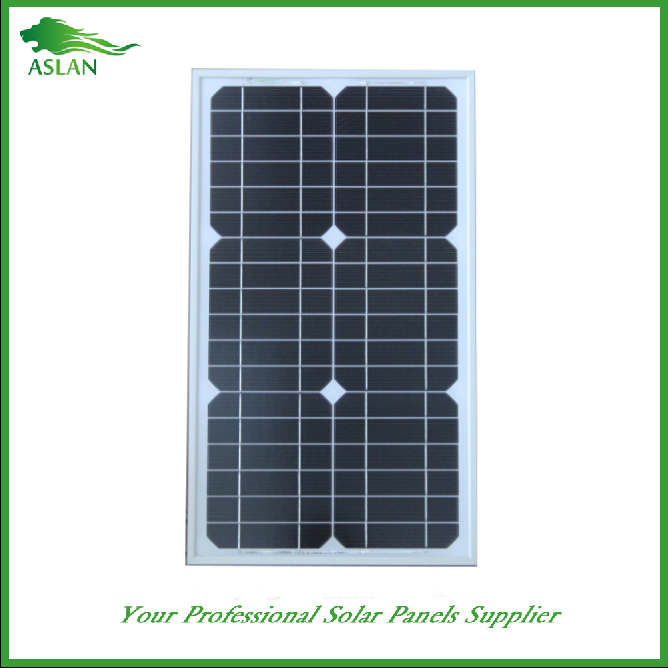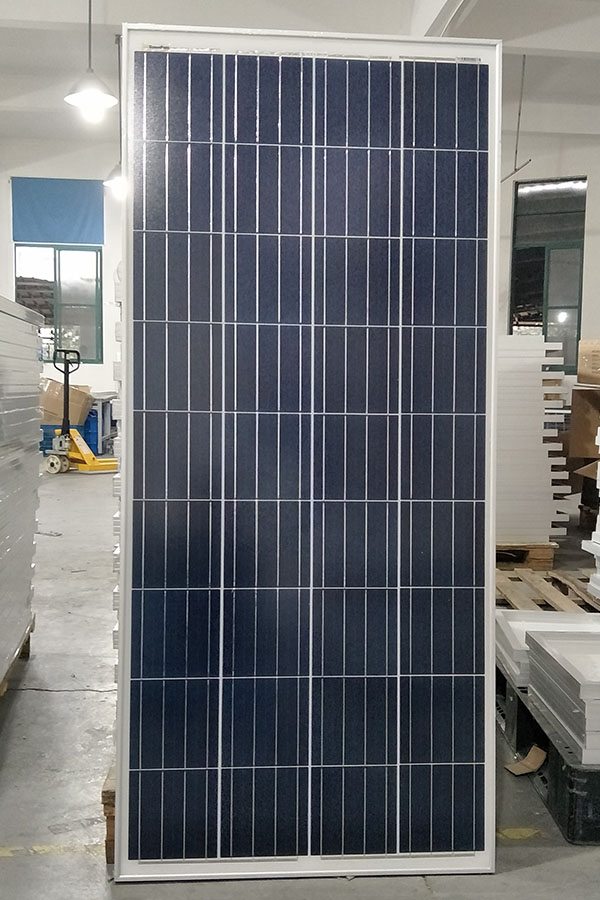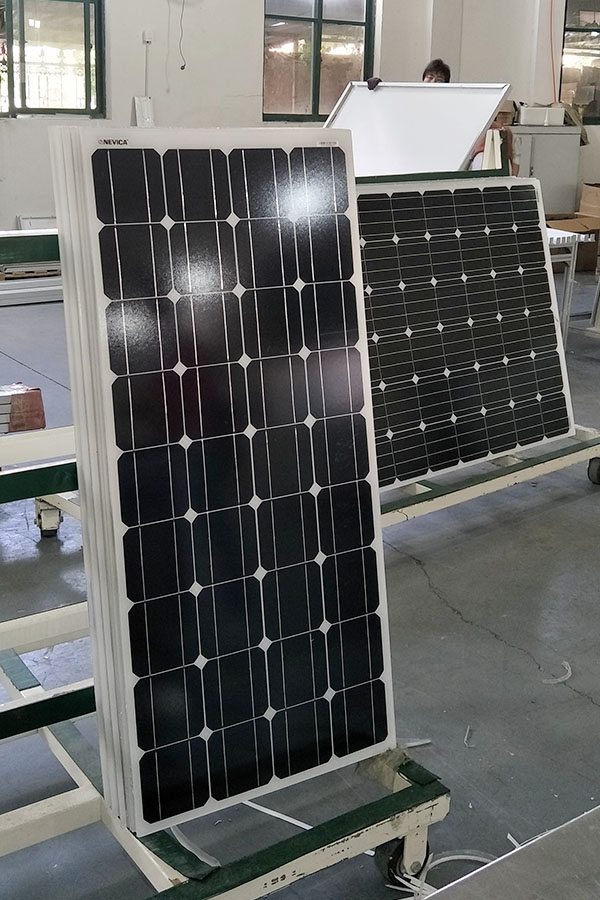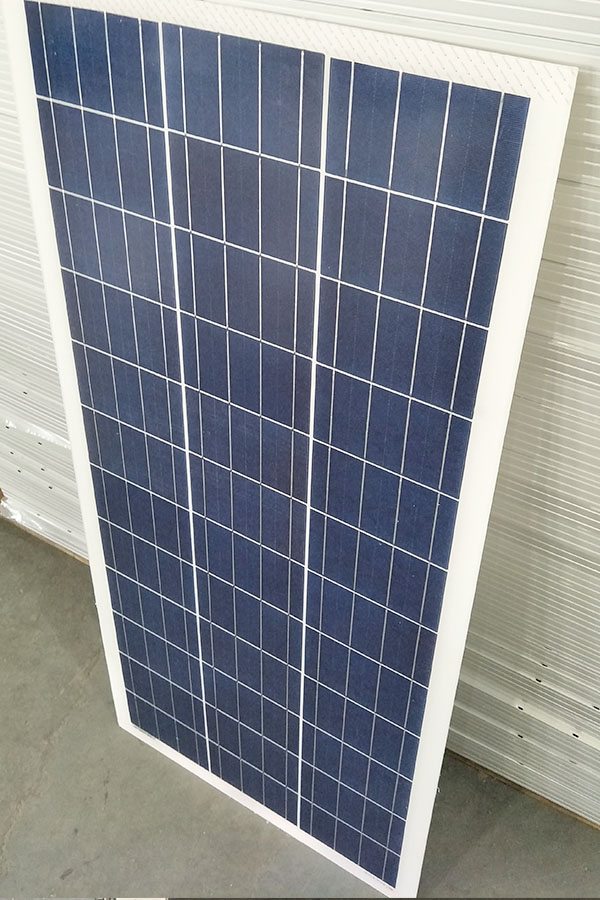Hot-selling attractive Mono-Crystalline 150W Solar Panel Factory from Istanbul
Short Description:
We strive for excellence, service the customers", hopes to become the best cooperation team and dominator enterprise for personnel, suppliers and customers, realizes value share and continuous promotion for Hot-selling attractive Mono-Crystalline 150W Solar Panel Factory from Istanbul, Please send us your specifications and requirements, or feel free to contact us with any questions or inquiries that you may have.
Mono-Crystalline 150W Solar Panel
Technical parameter
Maximum Power(W) 150W
Optimum Power Voltage(Vmp) 17.92V
Optimum Operating Current(Imp) 7.83A
Open Circuit Voltage(Voc) 21.86V
Short Circuit Current(Isc) 8.59A
Mechanical Characteristics
Cell Type Monocrystalline 156x156mm (6 inch)
No of Cell 36 (4x9pcs)
Dimensions 1485x668x35mm
Weight 11.6KGS
Front Glass 3.2mm,High Transmission, Low Iron,Tempered Glass
Junction box IP65 Rated
Output Cable TUV 1×4.0mm2/UL12AWG,Length:900mm
Temperature and Coefficients
Operating Temperature(°C): -40°C ~ + 85°C
Maximum System Voltage: 600V(UL)/1000V(IEC) DC
Maximum Rated Current Series: 15A
Temperature Coefficients of Pmax: -0.435%
Temperature Coefficients of Voc: -0.35%
Temperature Coefficients of Isc: 0.043%
Nominal Operationg Cell Temperature (NOCT): 47+/-2°C
Materials of solar panel
1).Solar Cell——Mono-crystalline solar cell 156*156mm
2).Front Glass——-3.2mm, high transmission, low iron, tempered glass
3).EVA——-excellent anti-aging EVA
4).TPT——-TPT hot seal made of flame resistance
5).Frame——anodized aluminum profile
6).Junction Box——-IP65 rated, high quality, with diode protection
Superiority: high quality anodized aluminum frame, high efficiency long life, easy installation, strong wind resistance, strong hail resistance.
Features
1. High cell efficiency with quality silicon materials for long term output stability
2. Strictly quality control ensure the stability and reliability, totally 23 QC procedures
3. High transmittance low iron tempered glass with enhanced stiffness and impact resistance
4. Both Polycrystalline and Mono-crystalline
5. Excellent performance in harsh weather
6. Outstanding electrical performance under high temperature and low irradiance
Quality assurance testing
Thermal cycling test
Thermal shock test
Thermal/Freezing and high humidity cycling test
Electrical isolation test
Hail impact test
Mechanical, wind and twist loading test
Salt mist test
Light and water-exposure test
Moist carbon dioxide/sulphur dioxide
Solar FREAKIN roadways is a nice idea, but then again is a pogostick that can hop to the moon as a cheap, reusable trans-orbital vehicle.
Is it plausible though. Well it basically proposes the union of 3 or 4 technologies. LED lights, solar panels, and glass roads.
Glass really isn’t a feasible material to make roads out of.
1) its too expensive. Just coating the US road system with roads would cost many times the federal budget.
2) Its too soft. Even with a textured surface for traction, it will wear away too quickly. Dirt on roads is basically small rocks, which are generally much harder than glass. Imagine taking a handful of dirt and rubbing it a window. Now imagine doing that with the wheels of a 20 ton tractor/trailer.
3) I have doubts about the physical properties of the glass to take the load and mechanical heat stress required of a road making material.
Solar panels under the road is a bad idea from the start. If they are under the roads, they are hard to maintain. They will have reduced light from parked cars etc. They are fragile. Not really congenial to the conditions you are likely to get on a road. In many ways building a shed over the road, or just having solar panels by the side of the road is a far better idea. However the power transport really isnt practical. One of the most efficient ways to transport electricity around is as high voltage AC. However to build those lines would probably double the cost of any construction. To bury the cables is even more expensive.
LEDs for variable road marking have been partially implemented. They are usually only cost effective in dynamic traffic management systems. For most roads its utterly pointless as the road markings almost never need to be altered. These LED are usually not easy to see (especially in full daylight when the solar panels are meant to be generating power).
However solar powered roadways has generated well over a million dollars for Julie and Scott Brusaw (a therapist and an engineer).
I’m still on the fence as to if they are just delusional dreamers or (now millionaire) con artists. A lot of this looks like just direct ‘what if’ daydreaming, but then you get the part of the promotional video where they are shoveling ground up coloured glass into a wheelbarrow, while narrating that they use as many recycled materials as possible in this project. It’s very difficult to not see that as a direct lie. They must know full well that they did not use any of that material in the construction of their glass tiles.
Many thanks to all those who supported this video through Patreon:
http://www.patreon.com/Thunderf00t
For more information visit http://www.materialsworldmodules.org/.
The Materials World Modules are hands-on, inquiry and design-based curriculum units for middle and high school students. Using principles from the interdisciplinary fields of materials science and nanotechnology this curriculum aligns well with STEM objectives, engages students, and adds relevance to existing curriculum.
